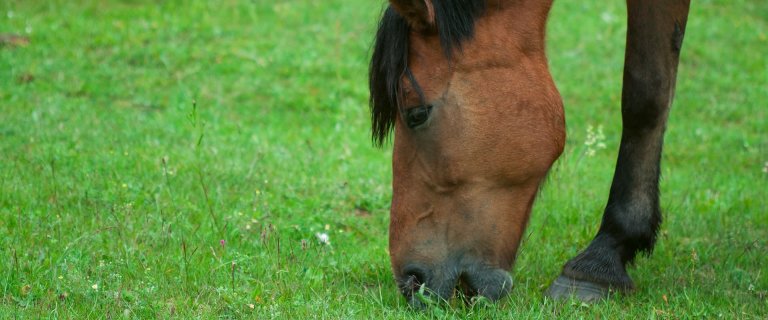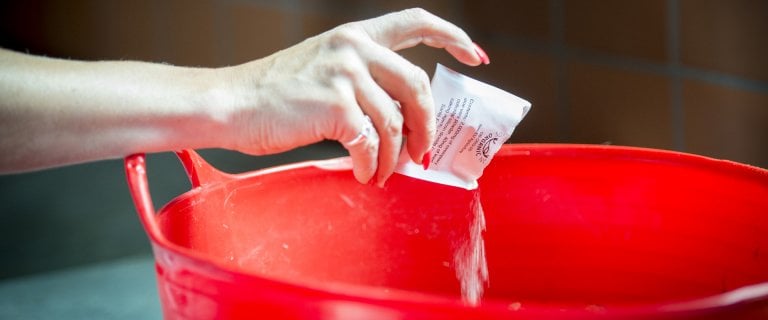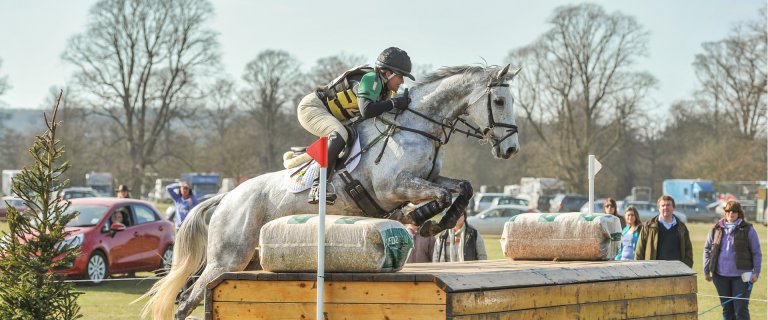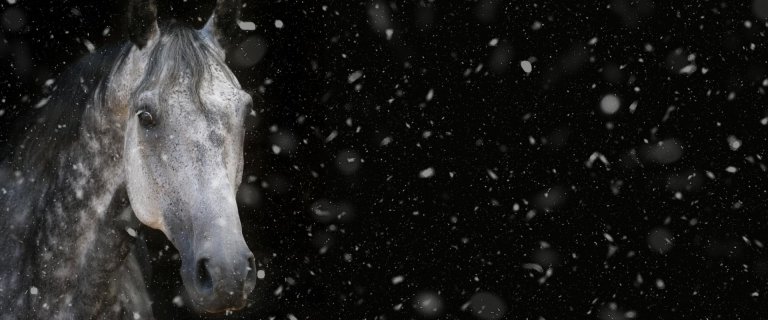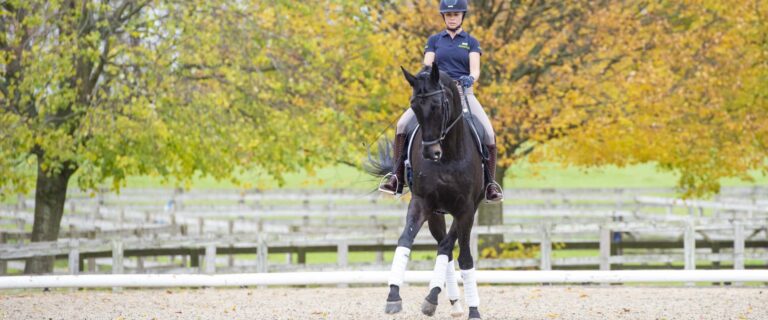Your Farrier Plays A Crucial Role In Hoof Health
Getting your horse’s feet trimmed/shod is part of every horse owner’s regular routine, whether your horse goes barefoot or wears shoes. Here are a few reasons why your farrier plays a crucial role in hoof health and hoof strength.
A Good Balancing Act
Your horse’s foot balance will play a crucial role in joint, ligament and tendon health. Imbalance in your horses’ feet can lead to abnormal loading in your horse’s limbs, leading to strains and injury.
If the foot is not trimmed and balanced correctly, it can also lead to flaring in the foot and hoof defects, which further impact your horse’s ability to bear weight correctly.
Your farrier or barefoot trimmer is an expert in their field. As a result, your horse will be more comfortable and able to move with more fluidity and tire less because they can move more efficiently, thanks to their farriery work.
Spotting Small Changes Early
Even if your regular farrier only comes every 6+ weeks, they will be observant enough to notice even the smallest changes to your horse’s feet. Seeing unusual wear on the foot or the metal shoes themselves could indicate a mobility issue that might not yet be presenting itself as lameness but, without further investigation, could become something more. A small split in the hoof could become something more serious without attention. Your farrier is there to help and advise you.
Small changes in the appearance of the hoof can indicate dietary changes or sudden changes in the environment, such as extreme wet conditions, which can affect hoof health in wet weather, then arid conditions and hard ground. An eagle-eyed farrier can often note early indicators of metabolic disease risks, such as EMS and Cushing’s Disease, and spot specific ring growths, which indicate a horse is at risk of developing laminitis.
Sniffing Out Smelly Issues
Unless you are meticulous at examining your horse’s frogs, most horse owners might be forgiven for not noticing the odd touch of thrush, but your farrier will spot it instantly as he begins to trim your horse’s hooves.
Tackling thrush early before it takes hold is imperative as it can become excruciating for the horse as the central frog and surrounding groove tissue becomes inflamed and sore.
Your Farrier Is A Vital Part Of Your Team
Alongside your physio, saddler and vet, your farrier is a vital part of your team and essential for keeping your horse healthy, happy and in work. Discussing any subtle changes in behaviour or physical changes, such as tripping or stumbling, should always be shared with your farrier at your appointment. Your farrier can also test for hoof sensitivity and observe any changes that could be helpful to your vet if further investigation is required.
We already work with many farriers worldwide, and Aloeride aloe vera for Registered Farriers combines nutrients to support healthy hooves and growth.
Enjoyed This Blog? You Might Enjoy Hacking Tips For The Competition Horse.



